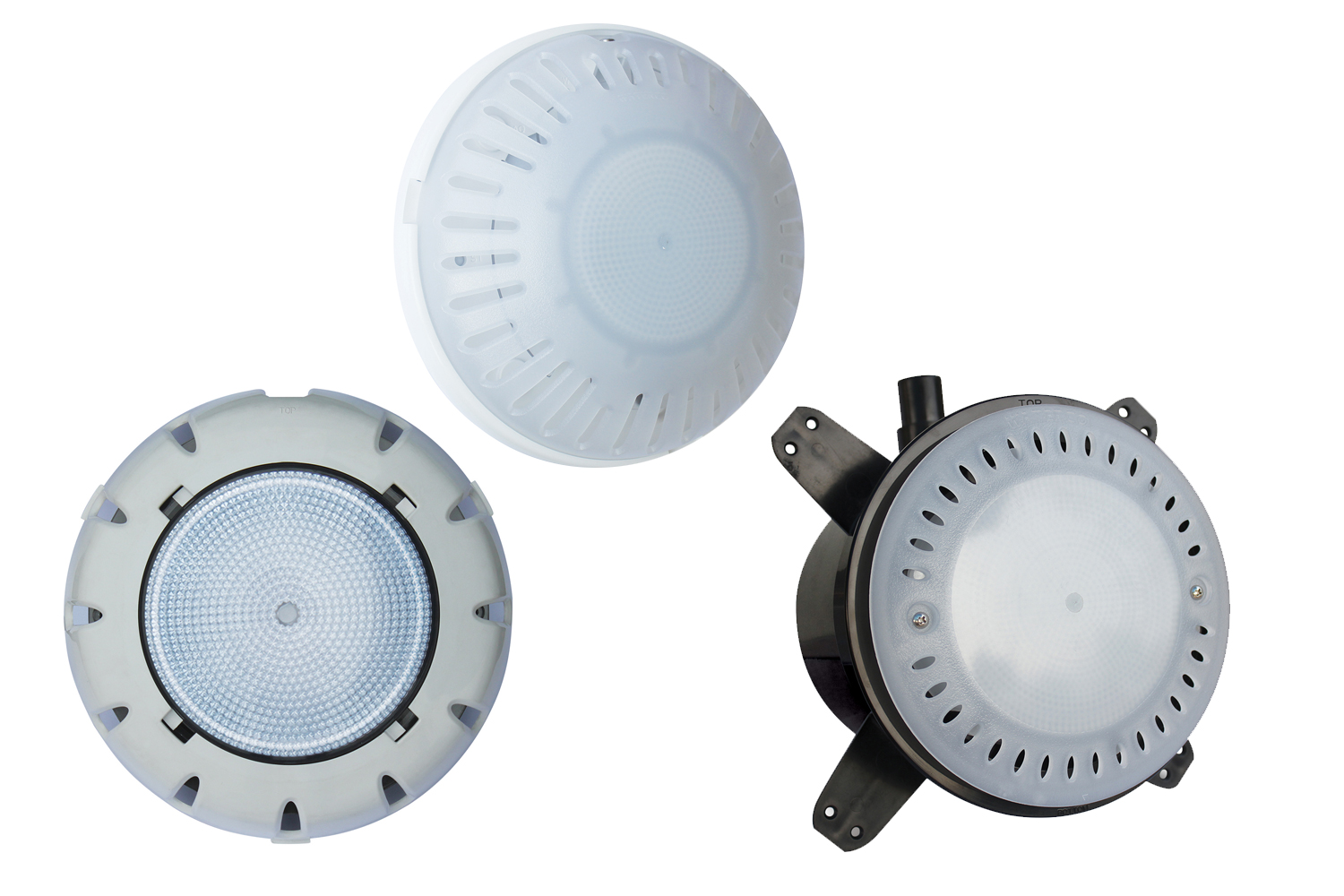New pool fencing legislation in NSW is aimed at reducing child drownings — but is it the right answer?
By Vikki Mason
With more than 300,000 backyard swimming pools in NSW, swimming pool safety is a vital issue that affects the whole community.
Late last year, changes were made to New South Wales pool fencing legislation, removing the automatic exemptions for fencing requirements for new pools on very small (less than 230 square metres), large (two hectares or more) and waterfront properties, with a delayed commencement period of July 1, 2010.
The amendments aim to enhance the safety of young children (aged 0–4) near private swimming pools in NSW by further reducing drownings and serious immersion injuries.
The Amendment Act provides the legislative framework for a high standard of four-sided, child-resistant pool barriers to be consistently applied to all newly constructed private pools in NSW.
Under the original legislation, three-sided pool fences were permitted, where the fourth side was a wall of the house, with doors allowed, as long as they were self-closing and locking; or, for infinity pools, where the water constantly flows over one edge to create the effect that it blends with the horizon. This has been outlawed under the new laws, which require four-sided isolation fences.
However, research conducted on child drownings in backyard swimming pools indicates that the most common contributing factors are inadequately fenced pools and human error — for example, the gate being left open or fences not being maintained in good condition.
Even though almost all child drownings in backyard pools are the result of inadequate adult supervision, the focus of government remains fixed on fences.
The most important thing to remember is that, while fencing may assist in reducing drownings in backyard pools, the most effective way to prevent drownings is for children to be adequately supervised by a parent or other responsible adult.
A submission by the Swimming Pool and Spa Association (SPASA) to the West Australian Government Pool Fencing Review showed that from 1996 to 2000 a summer publicity campaign warning of the dangers of backyard pools slashed the number of drownings by about 50 per cent, at a cost of just $130,000.
It’s also important that parents and others responsible for supervising children know how to administer cardiopulmonary resuscitation (CPR). The Royal Life Saving Society of NSW and Surf Life Saving NSW conduct CPR courses. All supervising adults are encouraged to undertake CPR training.
In tandem with the legislative amendments, additional backyard pool safety education initiatives are also under development. The Swimming Pools Amendment Act 2009 commenced on December 14, 2009.



